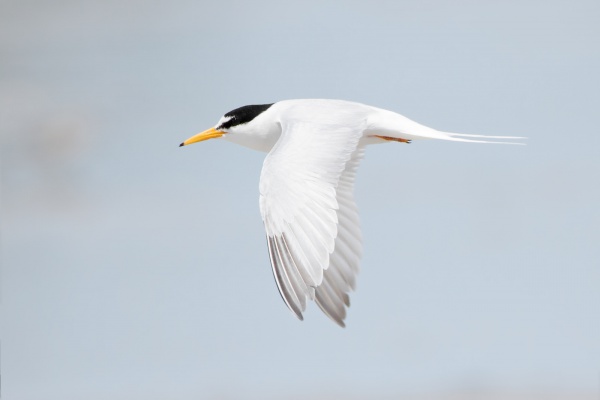Facts About Little tern
The little tern, a delightful seabird from the Laridae family, was formerly classified under the genus Sterna. Its name is derived from the word "tern" while its specific name, albifrons, is a combination of Latin terms meaning "white" and "forehead." Over time, what were once considered subspecies in North America and the Red Sea have been reclassified as distinct species: the least tern and Saunders's tern.
These birds are remarkable travelers. They breed along temperate and tropical coastlines, as well as along inland waterways in Europe and Asia. When winter arrives, they migrate to warmer subtropical and tropical oceans. There are three principal subspecies: albifrons, found from Europe to North Africa and Western Asia; guineae, located in Western and Central Africa; and sinensis, which occupies East Asia, Australia, and New Guinea.
Little terns are social nesters, forming colonies on gravel or shingle beaches and islands. They typically lay between two to four eggs and are fiercely protective of their nesting sites, often displaying aggressive behavior toward potential threats. Their diet primarily consists of fish, which they catch by diving into the water. During courtship, males perform a charming ritual of offering fish to their potential mates.
Physically, these birds are quite small and distinctive, characterized by a yellow bill tipped in black and matching yellow legs. In their breeding plumage, their white forehead makes them easily identifiable. Their call is a loud, creaky noise that stands out among other seabirds.
Historically, little terns were abundant along European coasts, rivers, and wetlands. Unfortunately, their numbers have dwindled due to habitat loss, pollution, and human disturbances. Inland populations have been particularly affected by habitat changes caused by dams, river regulation, and sediment extraction. However, conservation efforts are underway to protect the remaining populations, especially along river systems like the Loire/Allier in France and the Drava in Hungary and Croatia. The little tern is also protected under the Agreement on the Conservation of African-Eurasian Migratory Waterbirds (AEWA).
